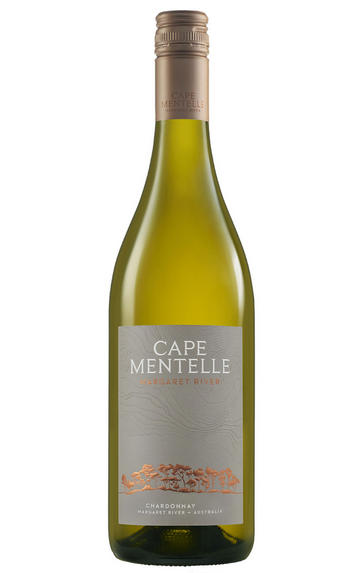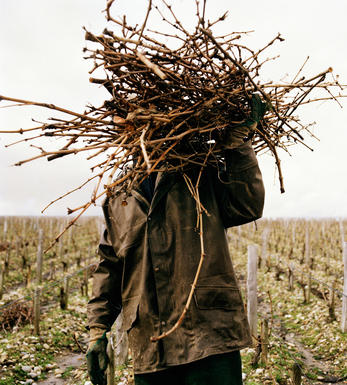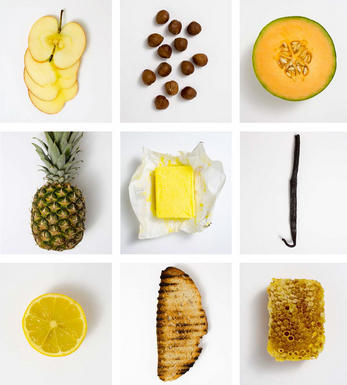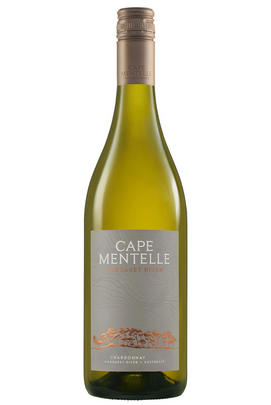
About this WINE

Cape Mentelle
Cape Mentelle was one of the pioneering Margaret River Estates in the 1970s and today is one of the most renowned.
Established by David Hohnen in the 1970 it now has over 80 hectares of well-sited prime vineyard sites which benefit from the cooling maritime influences as well as from the gravel based soils. Cape Mentelle also buy grapes in from half a dozen contracted growers.
Sauvignon Blanc, Semillon, Chardonnay, Cabernet Sauvignon, and Merlot are planted and an exemplary range of premium wines are produced. Its Sémillon/Sauvignon Blanc is remarkably similar to Cloudy Bay's and both properties are now owned by Veuve Clicquot.

Margaret River
Located on the most south-westerly point of Australia, three hours’ drive south of Perth, the Margaret River region sprang to life during the 1960s and 1970s as a result of Professor Harold Olmo’s and Dr John Gladstone’s research into the region’s viticultural potential. Consequently Vasse Felix was planted in 1967, Moss Wood in 1970 and Cullen in 1971. Since then the plantings have grown exponentially, while the number of wineries has increased six-fold. This explosion of wineries has perhaps been to the detriment of the wine quality.
Bounded to the west by the Indian Ocean and the 90km Cape Naturaliste to Cape Leeuwin promontory, the region enjoys a benign if damp maritime climate in which the vines rarely shut down, causing disrupted flowering (exacerbated by strong, westerly sea winds). Over the growing season it’s 16 percent hotter than in Coonawarra and 7% than the Médoc.
The Cape ridge is made up of lateritic clay topsoils over weathered granite and gneiss, giving fruit with a relatively high pH. Cabernet Sauvignon is the most fancied variety,producing a lush, early drinking style, followed by Shiraz, Chardonnay and Sémillon.
Recommended Producers: Cullen, McHenry Hohnen Vintners, Moss Wood, Cape Mentelle and Voyager Estate.

Chardonnay
Chardonnay is often seen as the king of white wine grapes and one of the most widely planted in the world It is suited to a wide variety of soils, though it excels in soils with a high limestone content as found in Champagne, Chablis, and the Côte D`Or.
Burgundy is Chardonnay's spiritual home and the best White Burgundies are dry, rich, honeyed wines with marvellous poise, elegance and balance. They are unquestionably the finest dry white wines in the world. Chardonnay plays a crucial role in the Champagne blend, providing structure and finesse, and is the sole grape in Blanc de Blancs.
It is quantitatively important in California and Australia, is widely planted in Chile and South Africa, and is the second most widely planted grape in New Zealand. In warm climates Chardonnay has a tendency to develop very high sugar levels during the final stages of ripening and this can occur at the expense of acidity. Late picking is a common problem and can result in blowsy and flabby wines that lack structure and definition.
Recently in the New World, we have seen a move towards more elegant, better- balanced and less oak-driven Chardonnays, and this is to be welcomed.



Buying options
Add to wishlist
Description
Typically Australian on the nose, almost stereo-typically so. Very rich, rounded white fruit with some tart green apple in the background. A noticeable touch of oak makes for a lightly spiced, toasty character. All encompassed by a very warming, dare I say, smooth mouth feel, balanced with some much appreciated acidity. This wine is a fine example of a fantastic winery flexing their muscles and trying their hand at anything they feel like. This style of wine making is very easy to get along with. Drink 2024-2028
Luke Dowdy, Account Manager, Berry Bros. & Rudd (Sep 2022)
wine at a glance
Delivery and quality guarantee